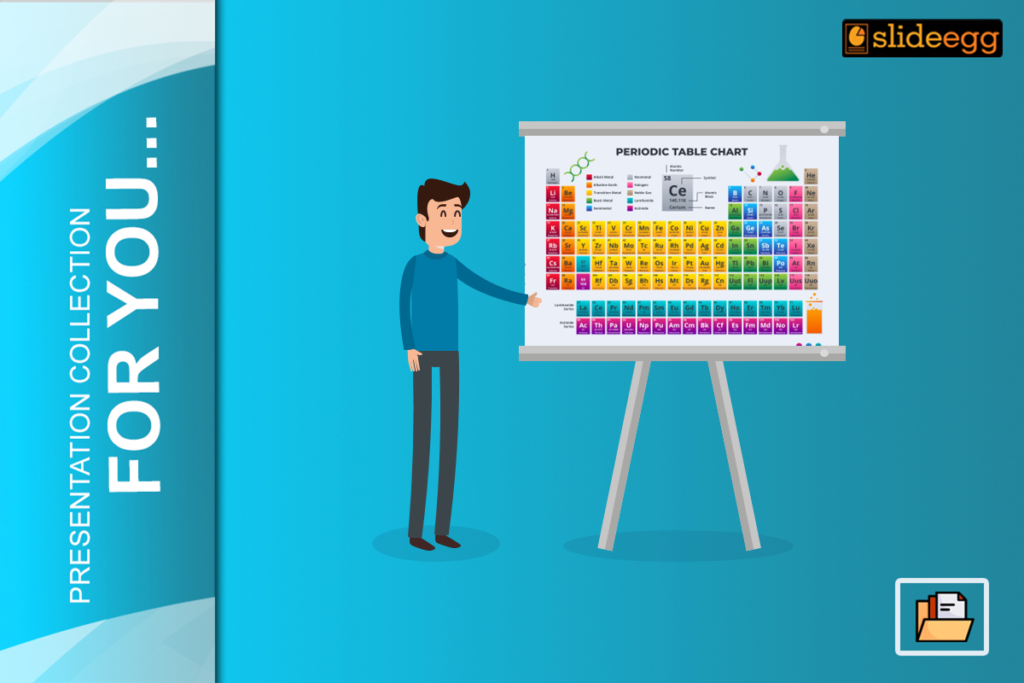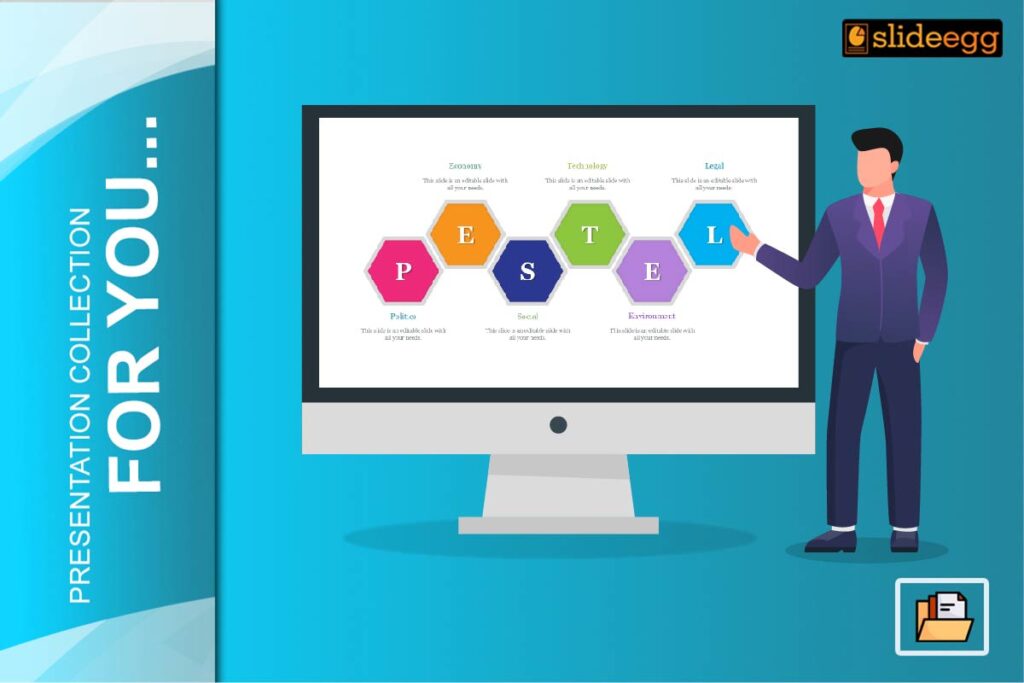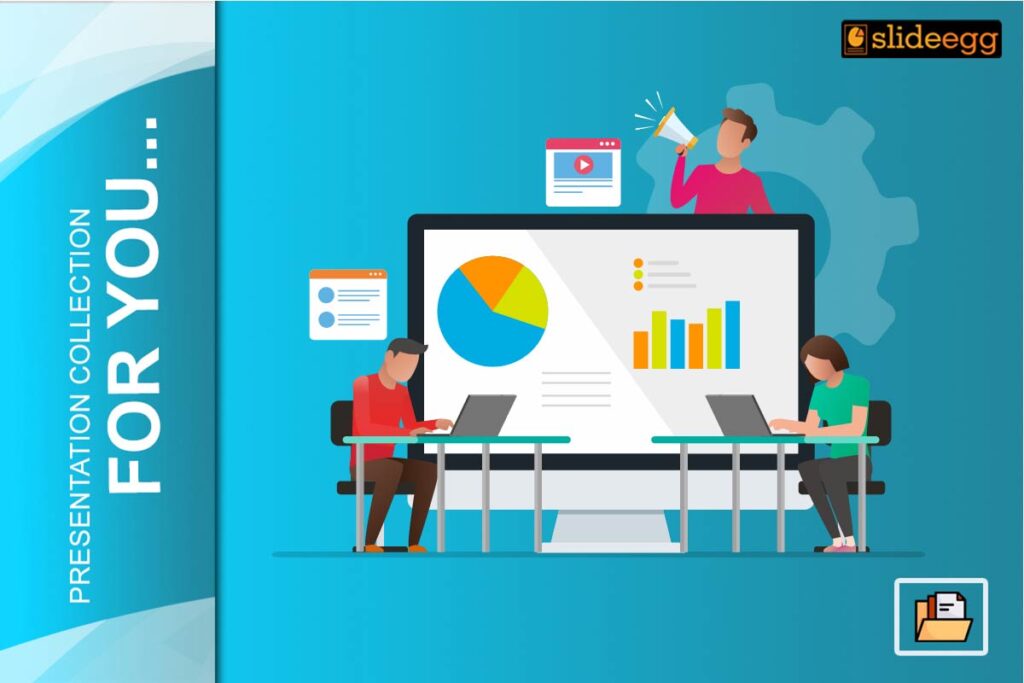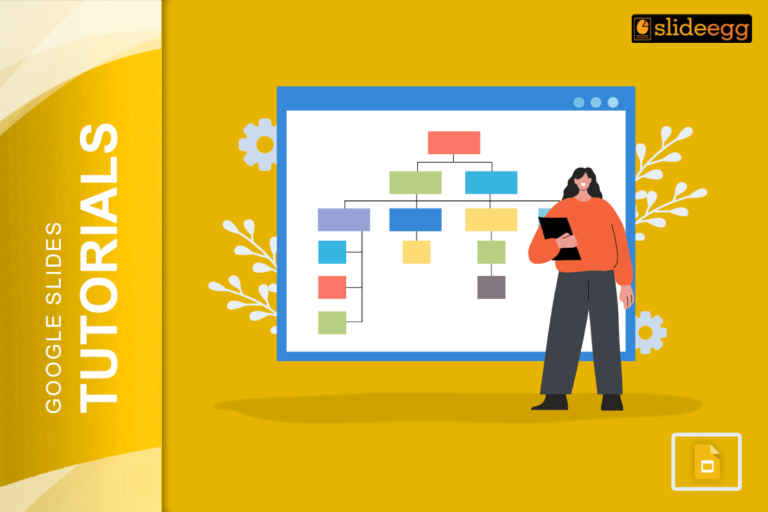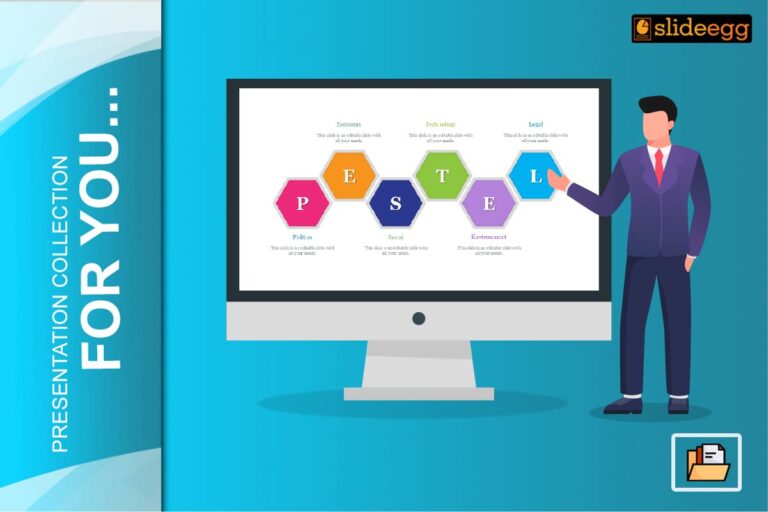Bored students, when you bring up the periodic table? It’s time to turn this tricky topic into a thrilling journey for your class. The periodic table, a key part of chemistry often seems like a scary unchanging chart. But it’s a powerful tool that helps us understand all the elements. Teachers face the task of making this complex info easy and fun for students to grasp. Let’s look at ways to create a periodic table science PPT Template lesson that grabs young minds.
Blackboard vs Presentation: The Changing Face of Teaching the Periodic Table
Traditionally, the periodic table was taught from the blackboard, and the poor teacher sat there, each element in its place, carefully drawn out in chalk. In those days, this was effective; however, it often led to the student becoming bored with static, text-heavy content that was difficult to visualize and engage a student’s attention. The lack of color, interaction, and dynamic content made it hard for students to connect with the material.
Those days are gone now, for the modern tools have already arrived. The same lesson of the periodic table can be made interactive with the help of digital presentations. A well-designed science PPT will bring the periodic table alive, and in such a manner that it would not be so tedious for the students to learn about even the intricate details and also remember them.
The Periodic Table: A Quick Look
Dmitri Mendeleev was the mind behind the periodic table in 1869.It puts elements in order based on their atomic number how their electrons are set up, and chemical properties that keep showing up. This way of organizing things has helped scientists guess about elements we hadn’t found yet, figure out how chemicals react, and come up with new materials.
The Benefits of Teaching the Periodic Table
- Foundation for Chemistry: The periodic table forms the basis of chemistry. To understand later topics, students need to know its structure and patterns well.
- Problem-solving Skills: When students study the periodic table, they learn to spot patterns, guess outcomes, and reach conclusions. This improves their ability to think.
- Career Opportunities: Many jobs require knowledge of the periodic table. These include work in chemistry, materials science, medicine, and engineering.
How to Make a Periodic Table science presentation That Grabs Attention
- Know Your Audience: Think about how old your students are and what they already know. Adjust your talk to fit them using easy words for younger kids and harder ideas for older ones.
- Visual Appeal: Our brains love to see things. Use bright pictures, images, and charts to show tricky ideas in the science PowerPoint Template . Add things students can interact with, like moving pictures or videos, to keep them interested.
- Storytelling: Turn the periodic table into a story using the science PPT. Start with how it came to be long ago showing the hard work and big wins of scientists like Mendeleev.
- Hands-on Activities: Get students involved through experiments or demonstrations. For instance, make a colorful periodic table poster with elements from everyday items.
- Real-world Connections: Link the periodic table to practical uses. Talk about how elements play a part in technology, medicine, and the environment.
- Interactive Tools: Use online resources and interactive periodic tables to boost student learning. These tools often have games, quizzes, and virtual experiments.
- Group Projects: Give groups of students tasks to research specific elements or groups of elements. They can show what they learned in creative ways, like presentations, skits, or models.
Make your design count! Create Science PPT slides that are clear and to the point putting visuals first. Remember less often works better. Don’t use long paragraphs. Instead, go for strong visuals like diagrams, charts, and top-notch images to get your message across. Pick fonts that are easy to read and stick to the same style throughout. A good slide deck should catch the eye and inform, without drowning your audience in text.
Here are some more design ideas to think about:
- Color Scheme: Pick colors that go well with your content and don’t strain the eyes. Think about using colors that match how the periodic table is organized, like using specific shades to tell apart groups of elements (for example alkali metals halogens).
- White Space: Leave enough empty space on your slides to avoid a messy look and make them easier to read.
- Balance: Keep your Science Template layout even. Don’t put too much info on one side or squeeze things into the corners.
Current Trends and Innovations
The periodic table field keeps changing. New element discoveries have broadened our grasp of the periodic system. Also, people show more interest to explore element properties at the nanoscale.
Some of these you could consider for your lecture to keep it current:
- New Elements added to the periodic table so explain them are 113, 115, 117, and 118 Periodic Table Trends: Point out new trends in periodic table studies, like research on superheavy elements or examining element properties in extreme conditions.
- Interactive Periodic Tables: Show off cutting-edge online tools that offer interactive features and visual aids.
If you stick to these tips and keep up with new discoveries, you can put together a gripping and educational periodic table presentation that gets your students excited to dig into the cool world of chemistry.
Remember: The secret to a great science presentation is to make the periodic table feel relevant and thrilling. By throwing in pictures, telling stories, and adding hands-on stuff to do, you can turn this tricky subject into a fun learning experience for your class.
